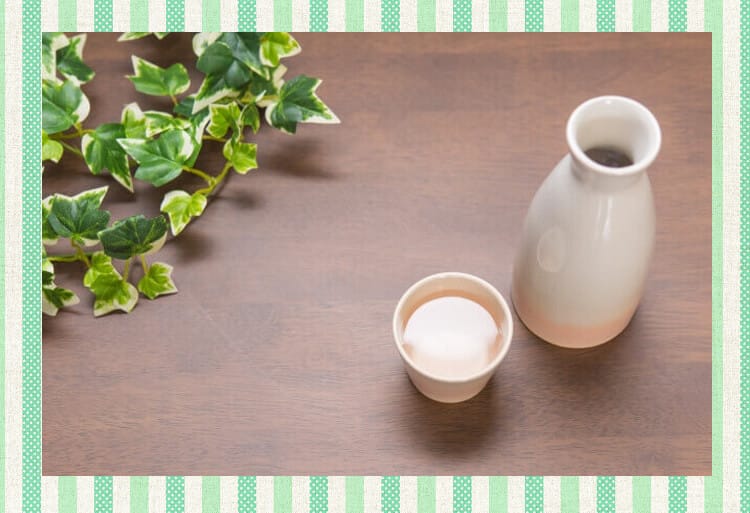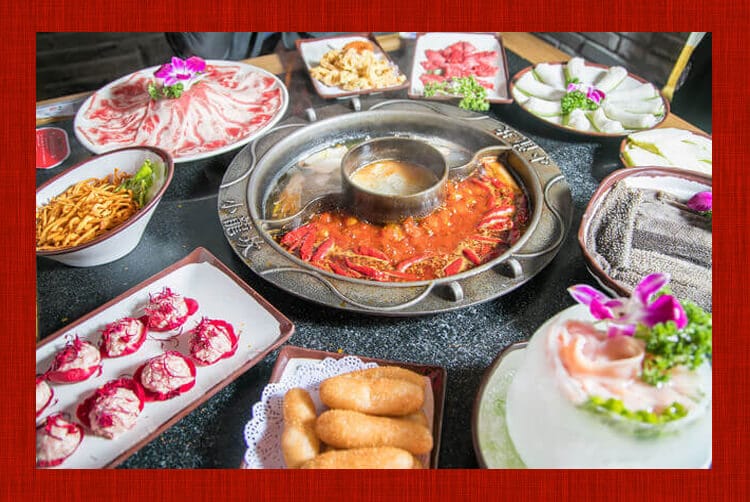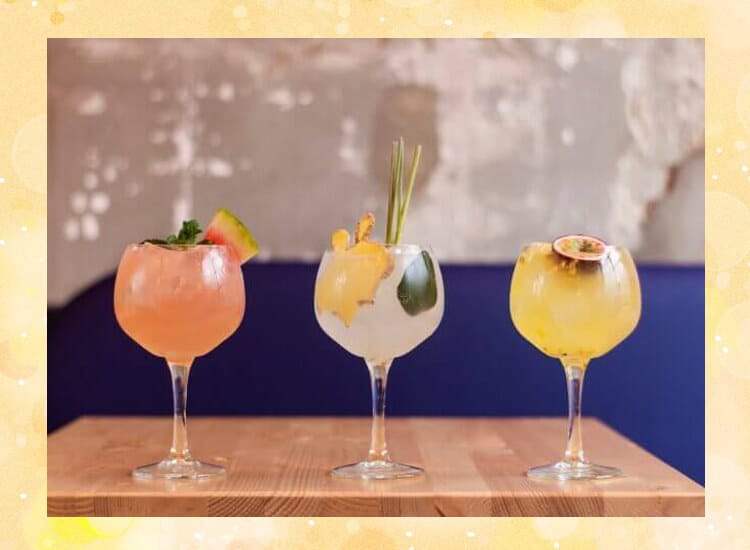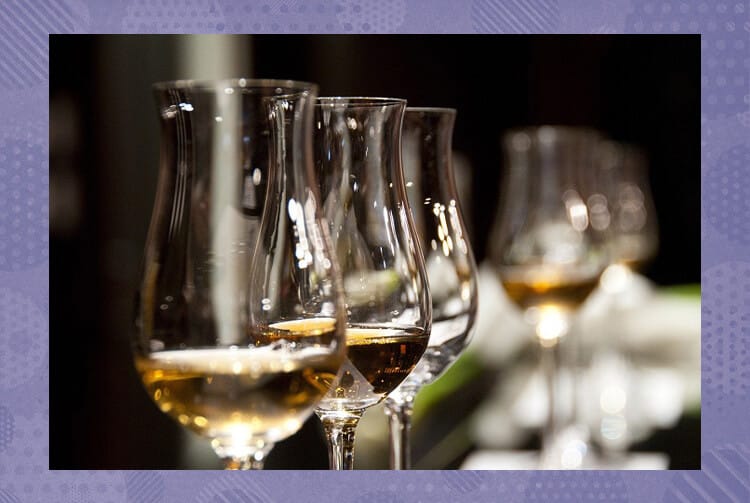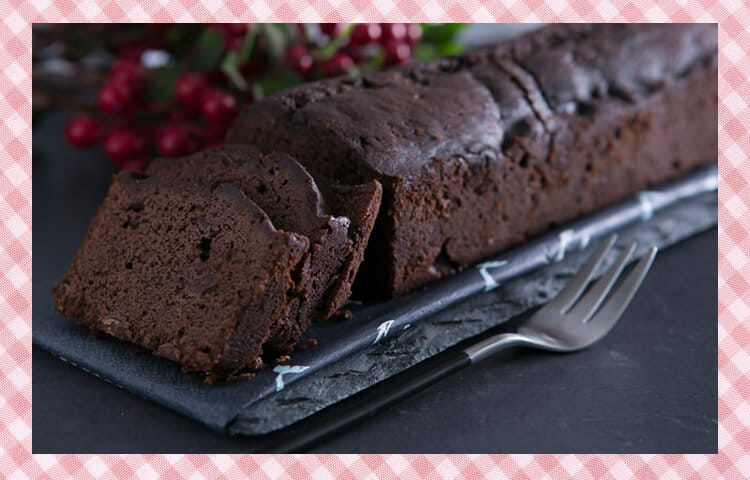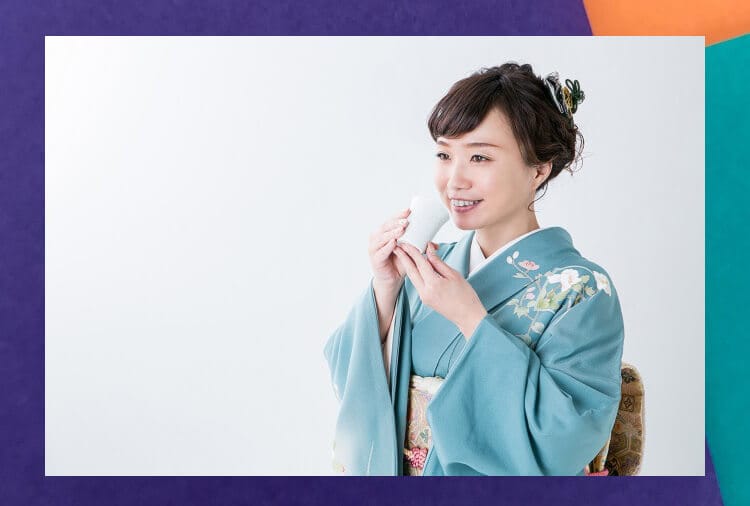
This time I will write an article about the preservation of sake. Do you know how to store sake correctly? Do you know if sake has an expiration date?
If you can't answer this question, please read this article. By knowing the points when storing sake, you can enjoy sake longer, so please check it out.
Is there any expiration date for sake?
If you have sake at home, please check with your hand whether the expiration date is listed on the sake. Surely there should be no mention of the expiration date anywhere. The “Food Labeling Law” clearly states that in order to help consumers make decisions when taking food, the expiration date or expiry date must be stated. Why isn't the expiration date displayed on sake for sake?
Is it necessary to list the expiration date for alcoholic beverages?
In the “Food Labeling Law”, alcoholic beverages are classified into the genre of processed foods. Regarding foods that are classified as processed foods, there is a rule that for products whose quality deteriorates rapidly, the expiration date or expiry date is determined. In other words, there is no need to set a shelf life or expiry date for foods whose quality does not deteriorate rapidly. And since alcoholic beverages, including sake, are judged not to deteriorate rapidly, there is no expiration date.
In fact, the “Codex” standard set by WHO and FAO states that food with an alcohol content of 10% or more does not require a shelf life.
What is the date of manufacture in sake?
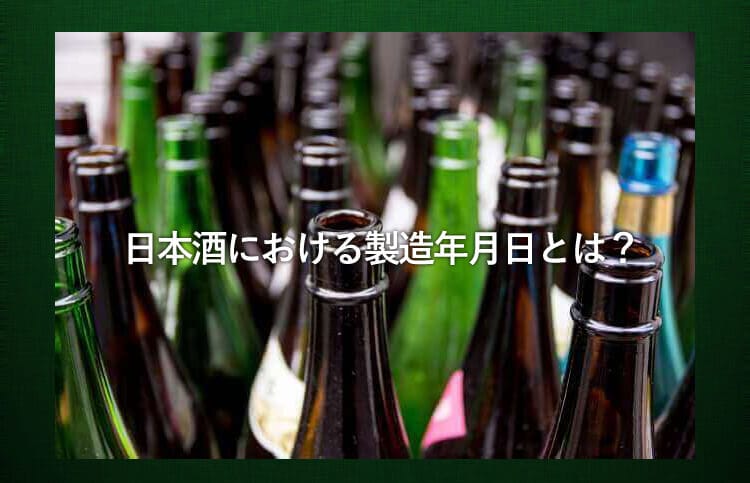
Although there is no expiration date, many people want to know when it was made. If you check the label of sake, you will notice that the date of manufacture is listed. Of course, there are many people who look at the date of manufacture and think that it was made on this day, but the date of manufacture of sake is not the exact date that it was made.
The date of manufacture of sake indicates the date when sake was filled into a container with the intention of selling. Japanese sake has the same brand, but its taste changes depending on the details. For this reason, tastes often differ from year to year even for the same brand.
If the sake is the same brand, and the sake that has been matured and those that are not are packed together in a bottle, the taste will vary from bottle to bottle, and quality cannot be stabilized. This is where blending takes place. Many breweries use blends to minimize variation in taste and stabilize product quality.
The date written as the date of manufacture does not indicate the date that the sake was made, as it was the day that this blend was made and bottled.
If you really want to drink new sake, make sure to refer to the year of brewing, not the date of manufacture.
What is the best time for sake?
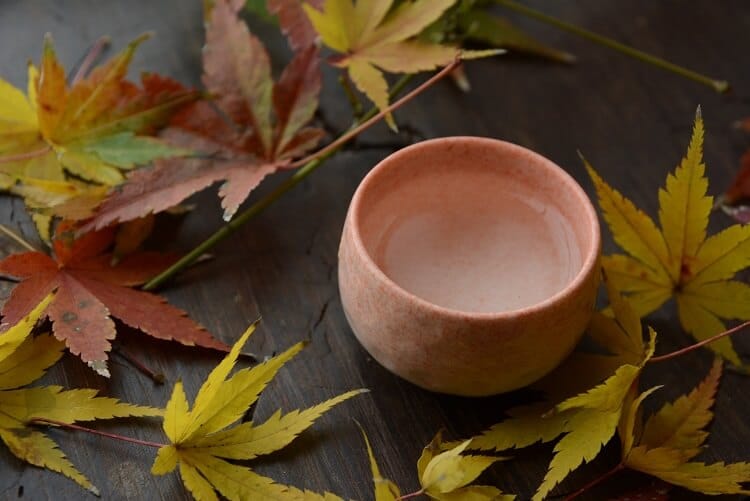
Just like the season of ingredients, there is the most delicious time for sake. Here we will explain when the season is.
The season of sake varies greatly depending on the quality of the sake
Is freshly made sake the best? Some people may think. There are certainly delicious sakes that are freshly made, but many sakes are made delicious after storage.
The taste of sake changes greatly while it is stored in tanks and bottles. Sake brewers calculate the changes and make sure that the products arrive at the consumer's time when "Sake is most delicious". In other words, it can be said that sake that has been neglected as expected by brewers is likely to have deteriorated past the peak. This brewing maker calls it “hine”.
Some sakes are called aged sakes, and when they are aged for several years, they make the most of their aroma and taste. “Old” and “Aged” are the same in that the time has passed since they were made, but the aroma and taste differ greatly.
How to identify Japanese sake that is "old"?
Even though there is no expiration date, don't you want to drink a deteriorated sake? So how do you determine how sake has deteriorated?
If you leave sake for a long time, it will turn yellowish brown due to the Maillard reaction. Sake is yellow in the first place, and even if it is yellowish, it cannot be determined that it has deteriorated.
As for taste, it tastes different from aged liquor, whether sweet or bitter. However, if you are told if you can't drink, then that's not the case, and many people drink because it's a waste.
In the end, there is no reliable way to determine if it has deteriorated, and the point is whether or not you can drink it deliciously. If you feel good, you can drink it as it is. If you don't like it, use another method.
Let's use sake that you cannot drink as cooking sake
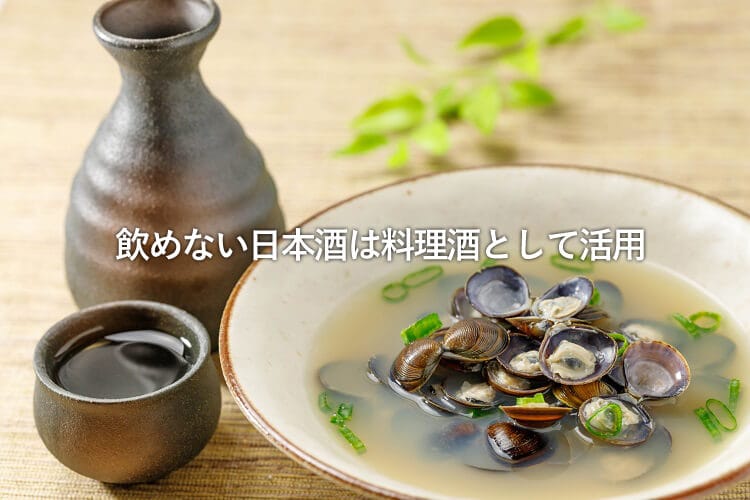
You don't have to drink unsavory sake, but it's a waste to throw it away, right? We recommend that you use sake that you cannot drink as a cooking liquor.
It brings out the umami of the ingredients rather than ordinary cooking liquor, so the depth of taste increases and it becomes very delicious.
You can also use it by heating it to about 60 degrees and mixing it with hot water in a bathtub. This varies from individual to individual, but some people are healed by the scent of sake.
Let's make effective use of sake that has deteriorated and cannot be drunk in the way described above.
3 points to keep in mind when storing sake
From here, we will introduce 3 points that we would like to work on in order to store sake in good condition for a long time. Just try this 3 and you will get enough results, so please practice it.
Store away from light
If you store sake in direct sunlight, the color will change even in a short time. This is a phenomenon that occurs because the ingredients of sake change due to ultraviolet rays, and if it is exposed to direct sunlight for a long time, it may give off an odor.
Moreover, it cannot be said that it is good to shine light such as fluorescent lamps. If you are going to hold sake, keep it in a cool and dark place away from light.
Watch out for temperature
Sake is also susceptible to temperature effects. Especially if it is left in a hot place for a long time, it may cause a color change or a unique odor. The best storage environment for sake is to store it at a low temperature between 5 and 6 degrees so that it is at least 15 degrees or less.
Keep away from the air
The more the area exposed to the air, the more the sake is exposed to oxidation and the more the aroma and taste change. Therefore, if you open the seal, drink it within a week at the longest.
If you can't drink it within a week, move it to a small container so that it is not exposed to air.
From the contents so far, the optimal environment for storing sake can be defined as follows.
“Store in an unopened place where it is not exposed to direct sunlight from 5 degrees to 6 degrees. If it is opened, store it in a small container that is not exposed to air.”
Summary

This time I have explained how to preserve sake. Because sake is delicate, it is easily affected by the surroundings. Therefore, when storing sake, be careful to store 3 of temperature, light, and air.

